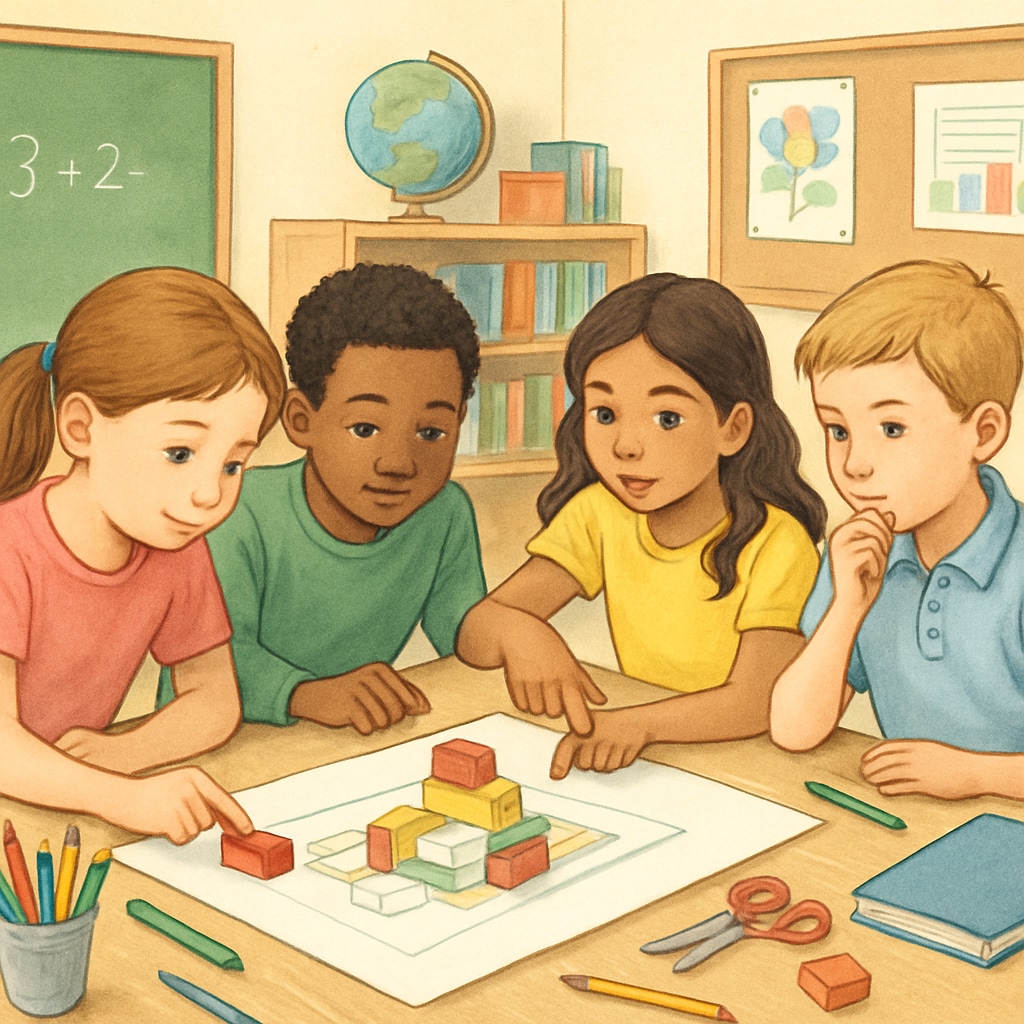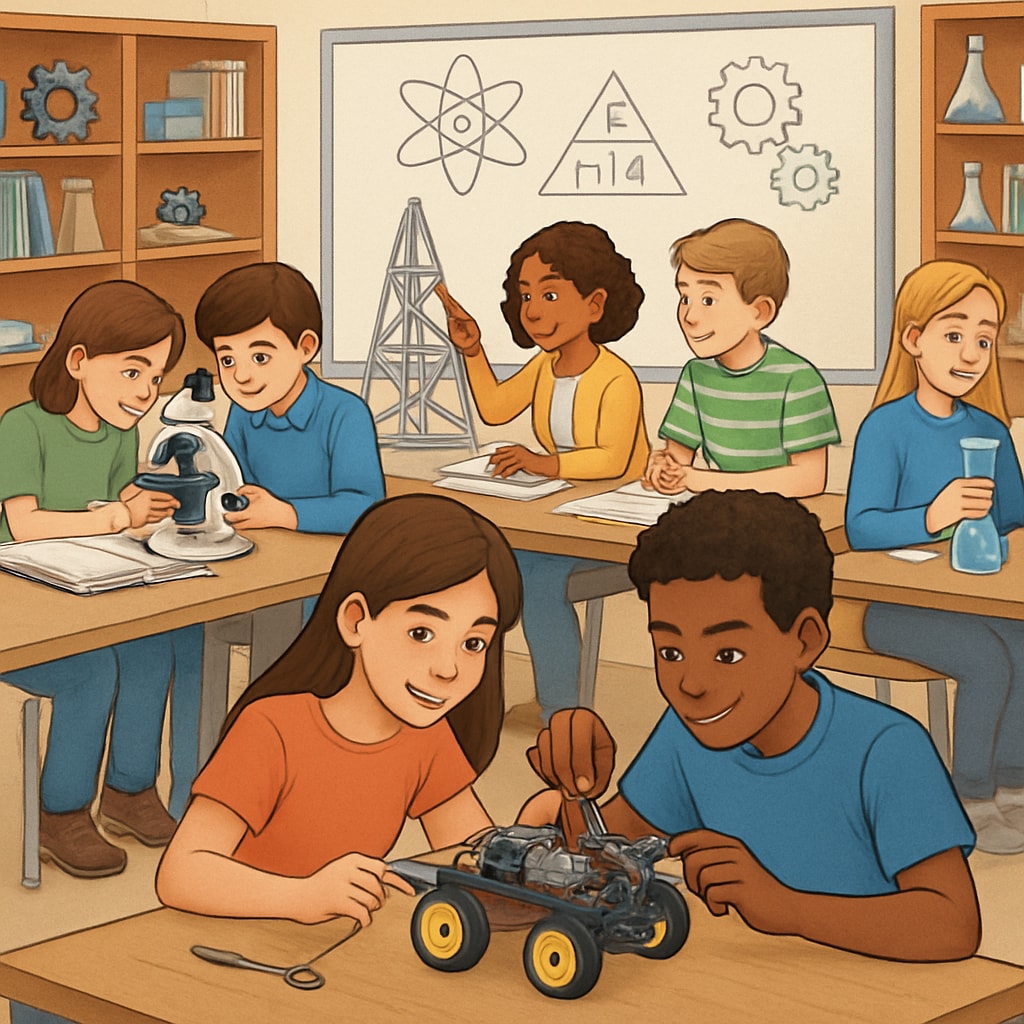Supporting gifted elementary students is crucial for ensuring their academic performance leads to sustained growth and success. By providing access to “academic performance, gifted education, acceleration, and educational resources,” parents and educators can foster their unique talents while encouraging balanced development. This article delves into effective strategies to nurture these young minds and help them reach their full potential.
Identifying the Needs of Gifted Students
Gifted students often exhibit advanced cognitive abilities, strong problem-solving skills, and high creativity. However, their unique needs may not always align with traditional educational methods. To provide effective support, it is important to assess their individual strengths, interests, and areas requiring development.
- Comprehensive assessments: Use standardized tests and teacher evaluations to understand the student’s academic level.
- Engagement in interest-based learning: Incorporate projects and activities tailored to their passions.
- Social and emotional needs: Monitor their emotional well-being and help them build strong peer relationships.
By identifying these needs, educators can design personalized learning paths that cater to both academic and social development.

Choosing the Right Educational Environment
Finding an appropriate learning environment is key to nurturing gifted students. While gifted programs or specialized schools may be suitable for some children, others may thrive in mainstream classrooms with tailored support. Consider the following factors:
- Gifted education programs: Explore dedicated programs offering accelerated learning and enrichment opportunities.
- Teacher expertise: Ensure educators are trained in handling the unique challenges of gifted students.
- Flexibility: Look for schools that allow for curriculum modifications and individual pacing.
For example, gifted education programs often incorporate project-based learning and advanced coursework that challenge students intellectually while promoting engagement.

Balancing Academic and Holistic Development
While academic achievement is essential, holistic development plays an equally important role in preparing gifted students for the future. Overemphasis on academics can lead to burnout or social isolation, which is why balance is crucial. To achieve this, consider the following approaches:
- Extracurricular activities: Encourage participation in sports, arts, and community service to enhance life skills.
- Mindfulness practices: Introduce techniques like meditation or journaling to help manage stress.
- Peer interactions: Facilitate opportunities for gifted students to collaborate with peers who share their interests and abilities.
Resources such as Britannica’s education insights can provide additional guidance on creating well-rounded learning experiences.
Ultimately, the goal is to nurture enthusiasm for learning while ensuring the child develops socially, emotionally, and physically.
Conclusion: Gifted elementary students are a treasure trove of potential, but their development requires careful planning and support. By addressing their unique needs, selecting the right educational environment, and balancing academics with holistic growth, parents and educators can help these young minds thrive in both their personal and academic journeys.


